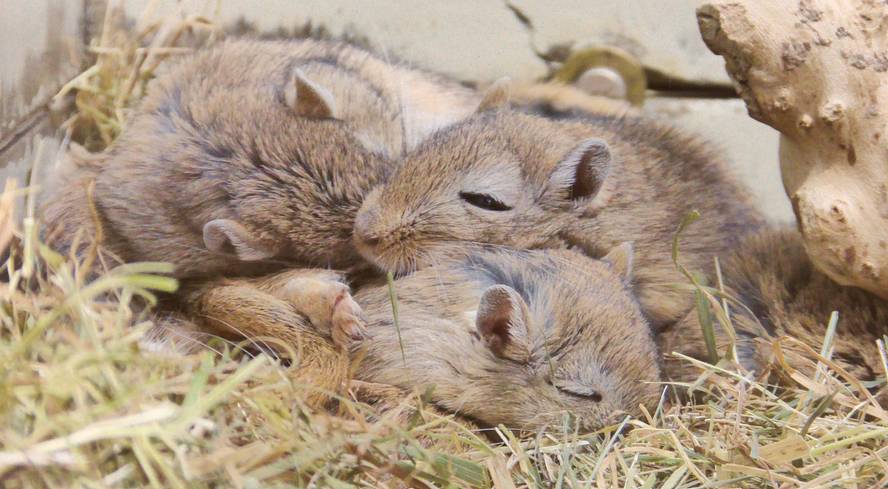Discover a neuronal circuit that leads to hibernation
The neuronal circuit that leads to hibernation has been identified in rodents in two different studies published in the journal Nature.
Some animals have the ability to lower their body temperature and reduce their metabolism to consume less energy in times of food shortages. Takeshi Sakurai (University of Tsucuba, Japan) and his colleagues have analyzed in mice how they regulate it, identifying in the hypothalamus a group of neurons directly related to hibernation, which by activating them decrease body temperature and metabolism and enter a situation similar to that of hibernation. In the experiments mice remained 48 hours in this situation and no side effects were seen either in behavior or in tissues and organs.
They repeated the experiment with rats. Mice usually perform small “hibernations” called torpor, while rats usually do not hibernate or torporras. However, once these neurons were activated, the rats entered a hypometabolic state similar to that of hibernation.
In another study, Michael Greenberg (Harvard Medical School, USA) and his colleagues have also discovered that hibernation is regulated in the mouse by a neuronal population of the hypothalamus. And they have shown that by stimulating these neurons mice enter hibernation and, on the contrary, by blocking them lose the ability to enter hibernation.
Researchers believe that in mammals that do not hibernate alone there may also be these neural circuits, so it is possible to induce hibernation along this path.






